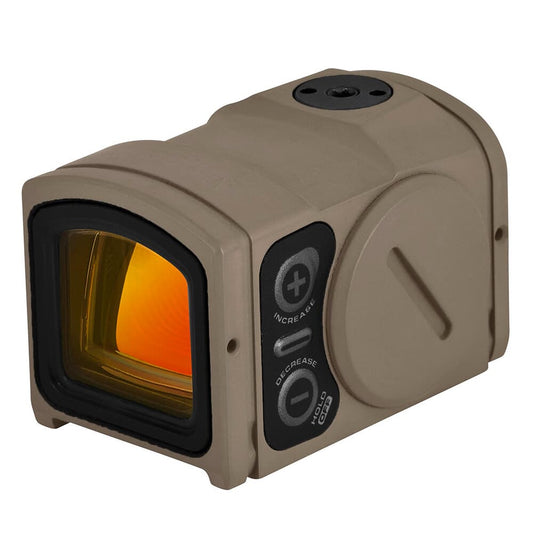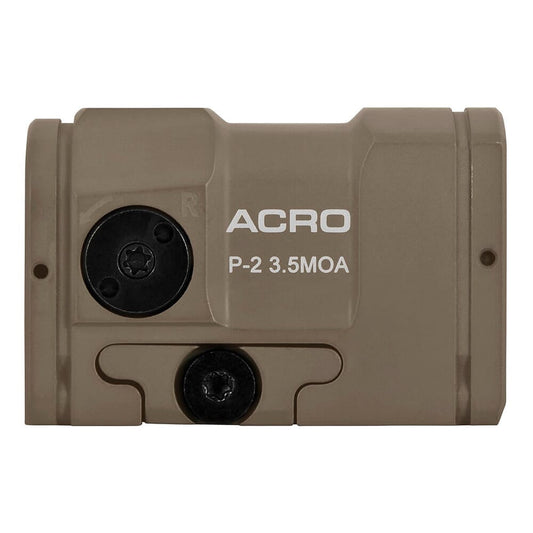

If you’re looking to improve your aiming game, the XS Night Sights R3D Night Sights Orange for S&W M&P and M2.0 are your go-to solution. Designed for both full-size and compact models, these sights enhance target acquisition in low-light conditions. With a unique orange front sight, you’ll notice the clarity and precision shooting capabilities like never before. Say goodbye to fumbling in the dark and hello to quick alignments!
Whether you're at the range or in a tactical situation, these night sights deliver reliable performance, featuring a 3-dot system that’s easy to align and incredibly intuitive. The rugged construction ensures durability, allowing you to focus on your shot rather than worrying about gear failure. Ready to elevate your shooting accuracy? The XS Night Sights R3D are just what you need!
Key Features:
- QUICK TARGET ACQUISITION for enhanced shooting accuracy in low-light environments.
- DURABLE CONSTRUCTION to withstand rugged use and harsh conditions.
- ORANGE FRONT SIGHT that increases visibility and intuitive alignment.
- 3-DOT SYSTEM designed for fast and easy sighting during rapid-fire scenarios.
- COMPATIBLE DESIGN tailored specifically for S&W M&P and M2.0 full-size and compact models.
- LIGHTWEIGHT PROFILE that won’t add unnecessary bulk to your firearm.
- INSTALLATION FRIENDLY allowing for straightforward setup without professional help.
- WATER RESISTANT to ensure reliable performance in various weather conditions.
Technical Specifications Table
| Specification | Details |
|---|---|
| Compatibility | S&W M&P & M2.0 (Full Size & Compact) |
| Material | High-impact polymer |
| Weight | 0.15 lbs |
| Dimensions | 3 x 0.5 x 0.5 inches |
What’s in the Box?
- XS Night Sights R3D (Front & Rear Sights)
- Installation Instructions
- Adjustment Tool
Customer Reviews
"These sights made a significant difference in my shooting accuracy, especially at night!"
"Easy to install and incredibly bright! Perfect for my compact M&P."
"The orange front sight is a game-changer for low-light conditions!"
FAQ
How do I install the XS Night Sights? Installation is straightforward with the included tools. Follow the instructions provided, and you can easily upgrade your firearm without the need for a gunsmith.
Are these sights durable? Yes! Built from high-impact polymer, they are designed to withstand tough conditions, ensuring long-lasting performance even in adverse environments.
How do they compare to other night sights? The XS Night Sights R3D offer a unique orange front that enhances visibility compared to traditional green sights, making them ideal for low-light scenarios.
Similar Models
If you're exploring other options, check out the XS lineup for additional night sight models tailored to various firearms. From compact to full-size variants, there's something for everyone. Discover our full collection and find the perfect fit for your shooting needs!
You May Also Like
Here’s some of our most similar products people are buying. Click to discover trending style.








